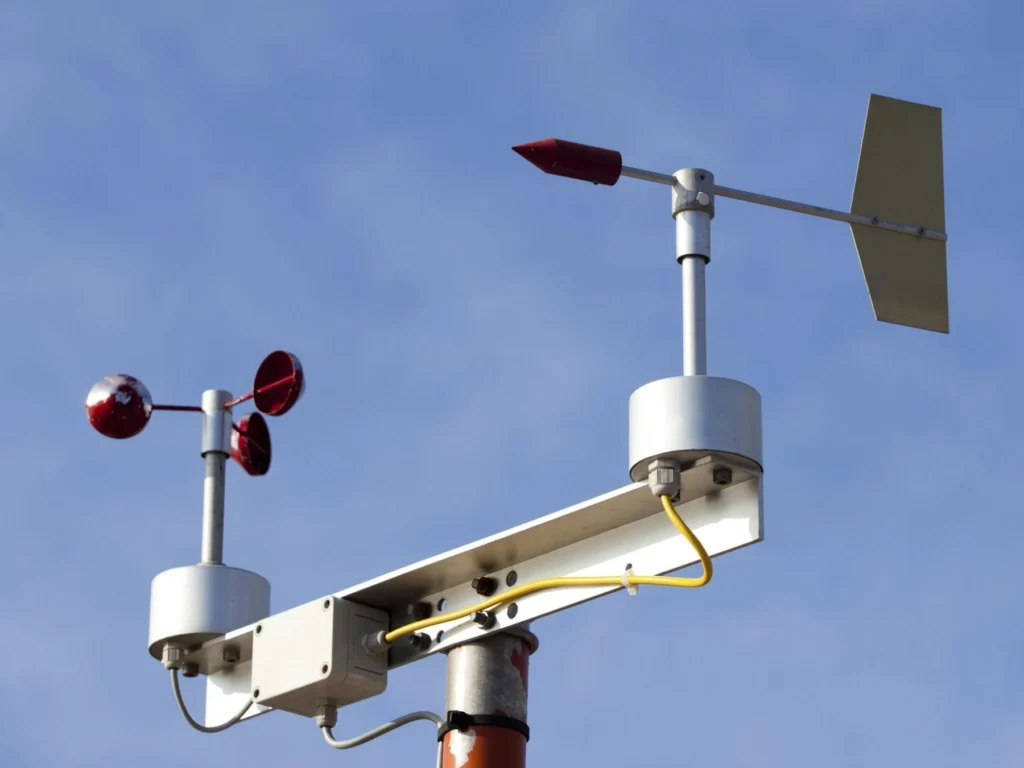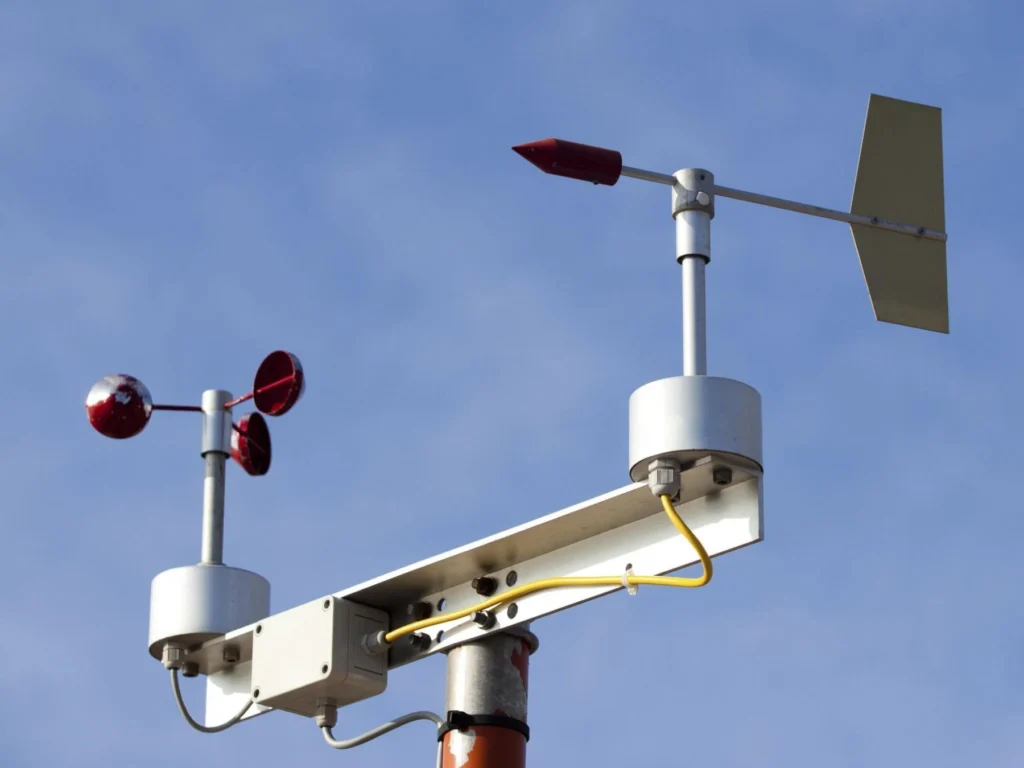
# Wind Measuring Instrument: A Comprehensive Guide to Anemometers and Their Applications
Wind measuring instruments, commonly known as anemometers, are essential tools for measuring wind speed and direction. These devices are widely used in various fields, including meteorology, aviation, marine navigation, and environmental monitoring. This guide will explore the different types of anemometers, their working principles, and their applications.
## Types of Anemometers
There are several types of anemometers, each designed for specific applications and environments. The most common types include:
### 1. Cup Anemometers
Cup anemometers are the most traditional and widely used type. They consist of three or four cups mounted on horizontal arms, which rotate when the wind blows. The rotation speed is proportional to the wind speed, and this data is then converted into a readable measurement.
### 2. Vane Anemometers
Vane anemometers, also known as windmill anemometers, use a propeller or a set of blades to measure wind speed. The blades rotate in response to the wind, and the rotation speed is measured to determine the wind speed. These anemometers are often used in combination with a wind vane to measure wind direction.
### 3. Hot-Wire Anemometers
Hot-wire anemometers measure wind speed by detecting the cooling effect of the wind on a heated wire. The wire is heated to a constant temperature, and as the wind blows over it, the wire cools down. The amount of cooling is proportional to the wind speed, and this data is used to calculate the wind speed.
### 4. Ultrasonic Anemometers
Ultrasonic anemometers use ultrasonic sound waves to measure wind speed and direction. They consist of multiple pairs of transducers that send and receive ultrasonic signals. The time it takes for the sound waves to travel between the transducers is affected by the wind, and this information is used to calculate wind speed and direction.
## Applications of Anemometers
Anemometers are used in a wide range of applications, including:
### 1. Meteorology
In meteorology, anemometers are used to measure wind speed and direction, which are critical for weather forecasting. Accurate wind measurements help meteorologists predict weather patterns, storms, and other atmospheric phenomena.
### 2. Aviation
In aviation, anemometers are used to measure wind speed and direction at airports and on aircraft. This information is crucial for safe takeoffs, landings, and in-flight navigation. Pilots rely on accurate wind data to make informed decisions during flights.
### 3. Marine Navigation
Anemometers are also used in marine navigation to measure wind speed and direction on ships and boats. This information helps sailors navigate safely and efficiently, especially in challenging weather conditions.
### 4. Environmental Monitoring
In environmental monitoring, anemometers are used to measure wind speed and direction in various settings, such as urban areas, forests, and industrial sites. This data is used to assess air quality, monitor pollution levels, and study the impact of wind on the environment.
## Conclusion
Anemometers are versatile and essential instruments for measuring wind speed and direction. With various types available, each suited for specific applications, anemometers play a crucial role in meteorology, aviation, marine navigation, and environmental monitoring. Understanding the different types of anemometers and their applications can help you choose the right instrument for your needs and ensure accurate wind measurements in any setting.
Keyword: wind measuring instrument
